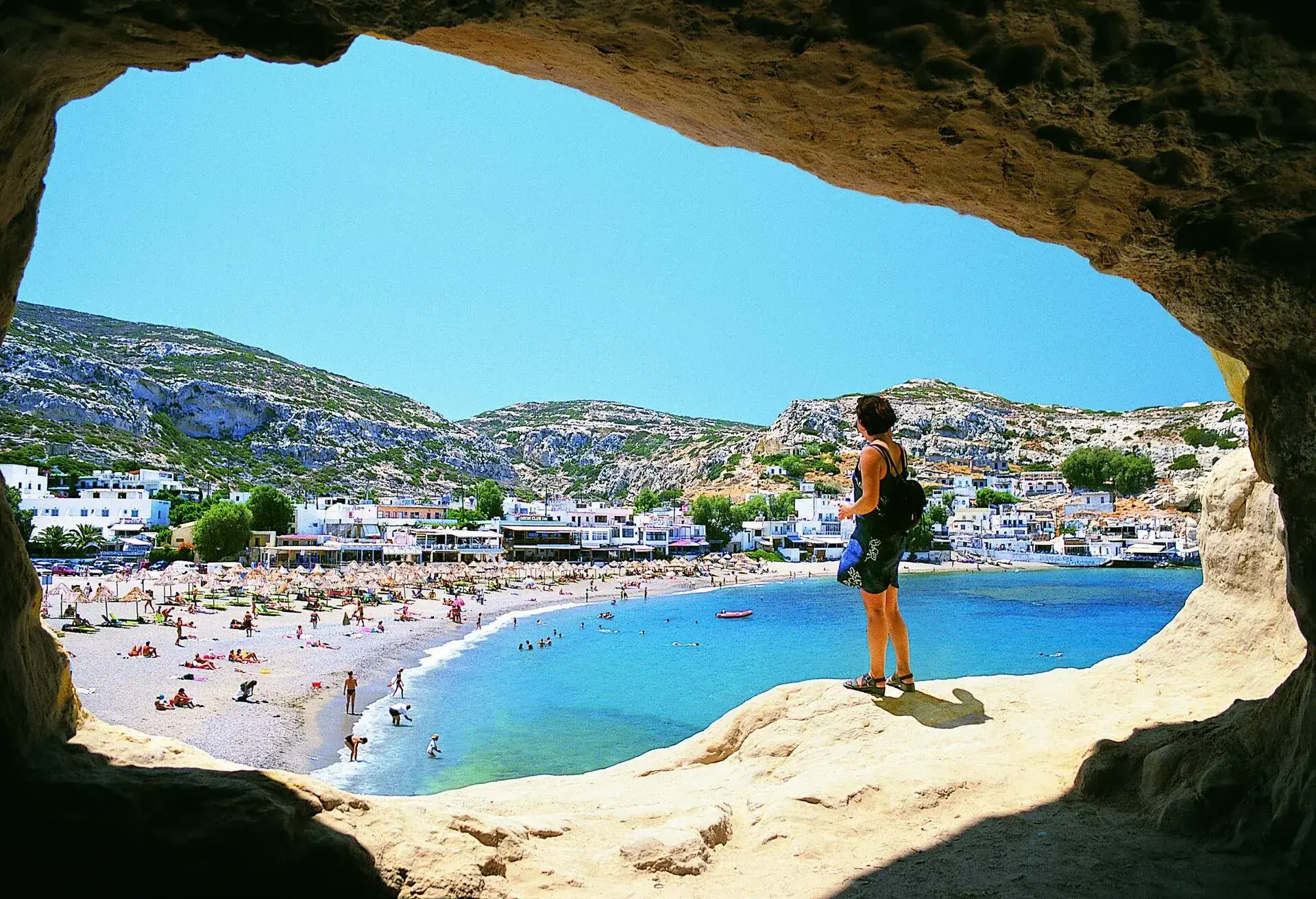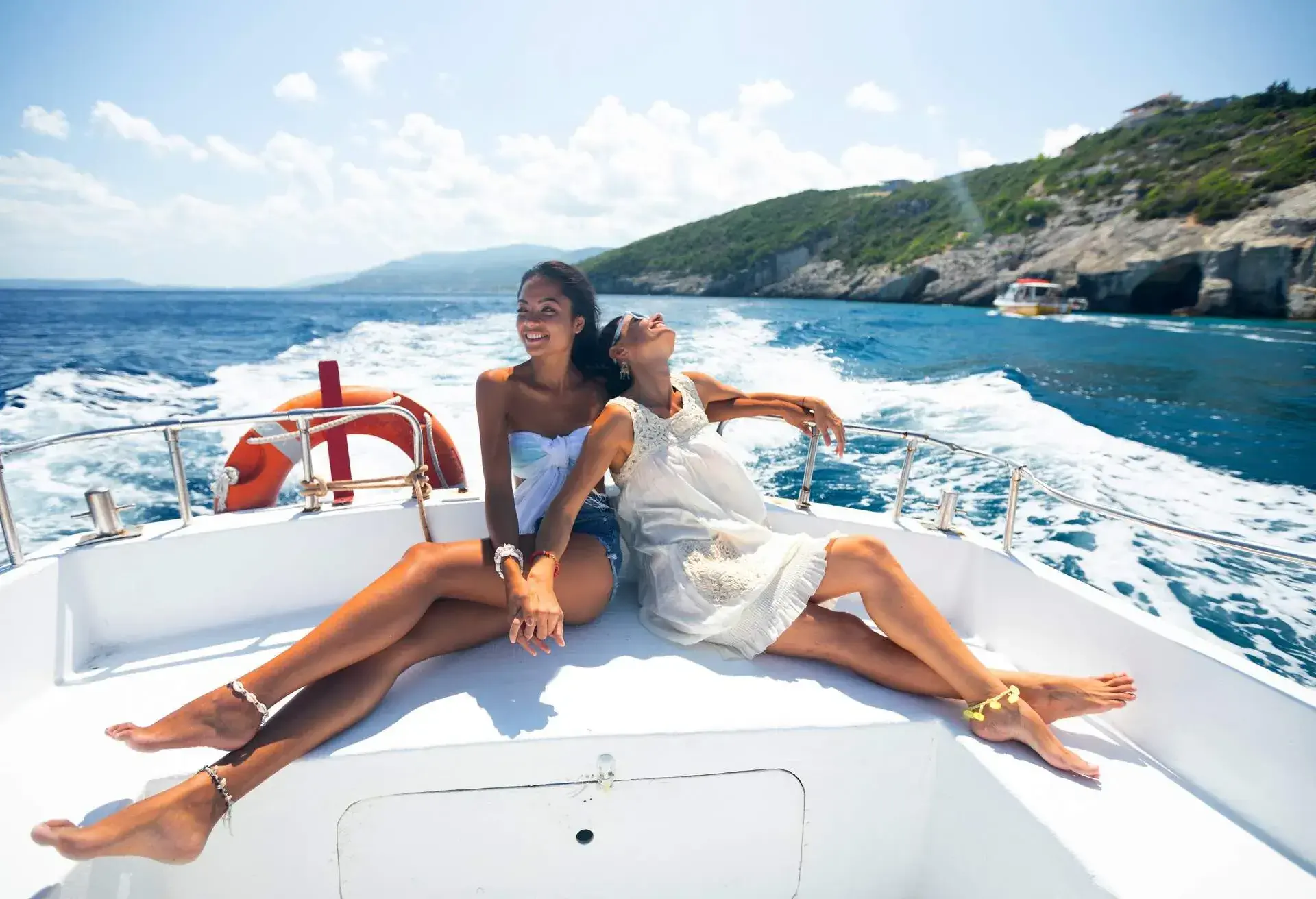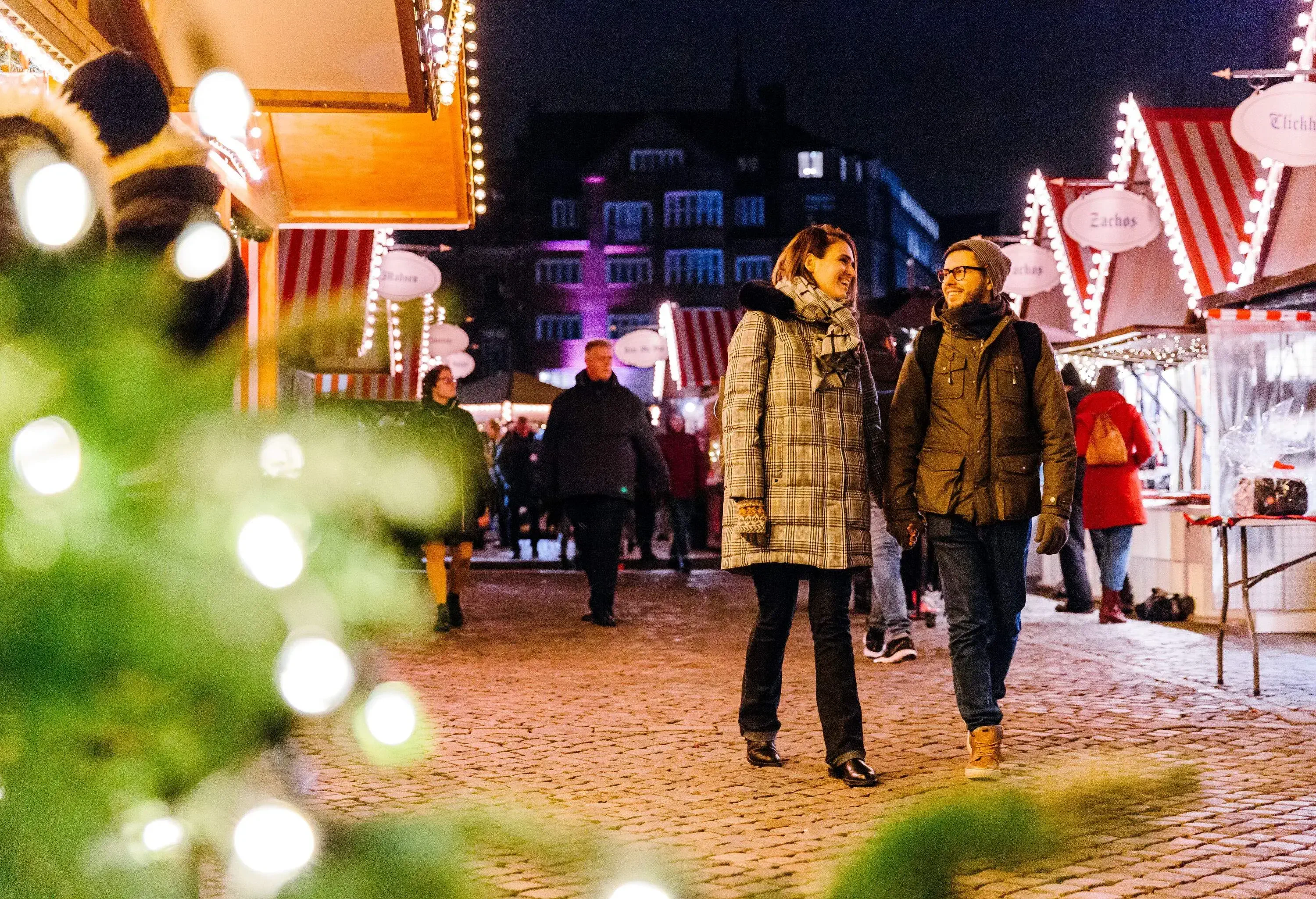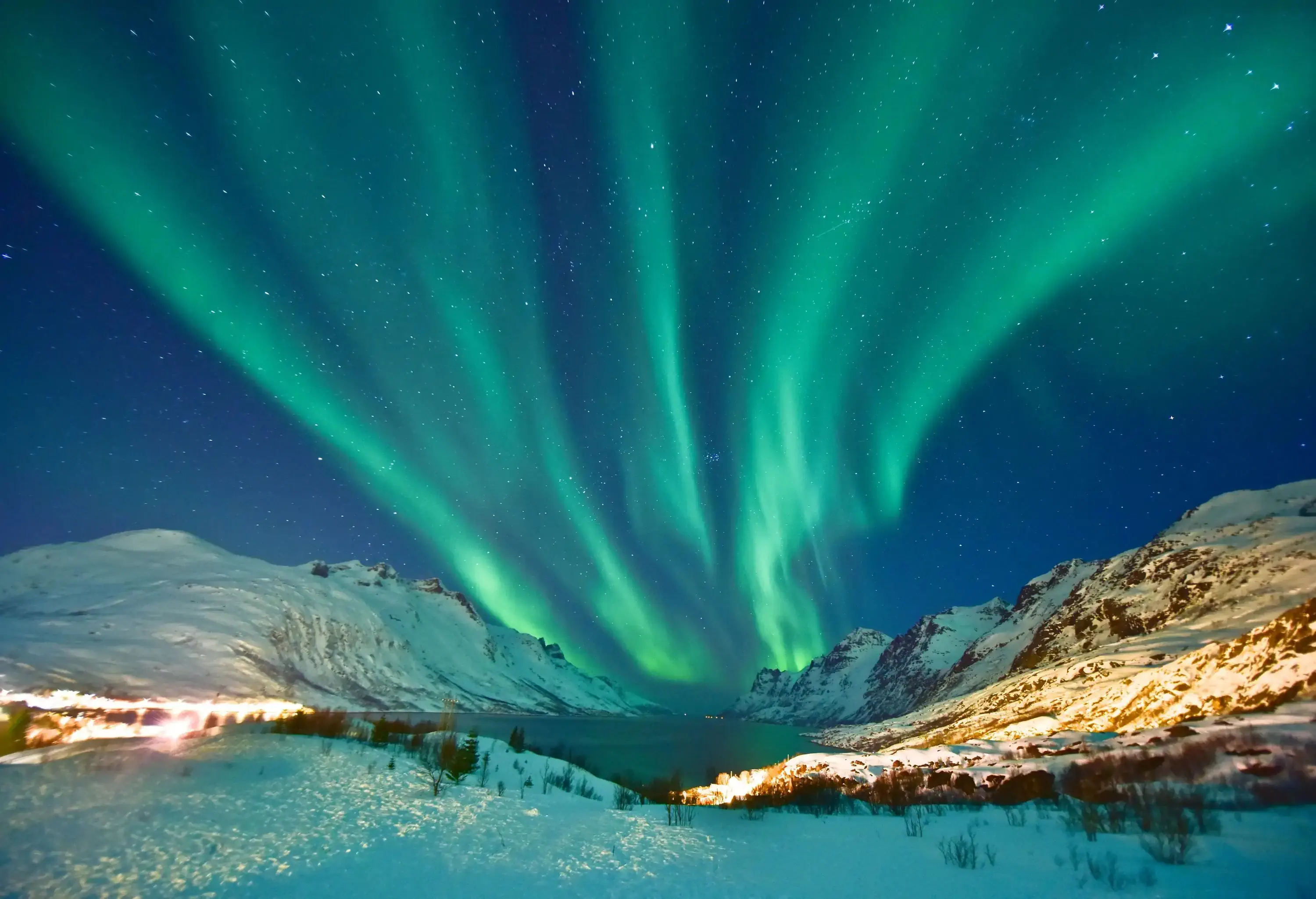Crete is a fascinating place to visit, offering more diversity than the other islands off the Greek coast. It has wonderful tourist beaches for the whole family, plus some wilder, less-busy ones. We will also talk about some of the best places to visit in Crete for important mythological sites.
Nature lovers will have a thoroughly fulfilling time on Crete, too. Its natural attractions are more spectacular than they appear in travel guides, and the island features a palm grove ecosystem that’s unique in Europe. Crete has something for everyone, from families and ancient-history buffs to couples on a romantic holiday and nature lovers.
Best places to visit in Crete: main cities
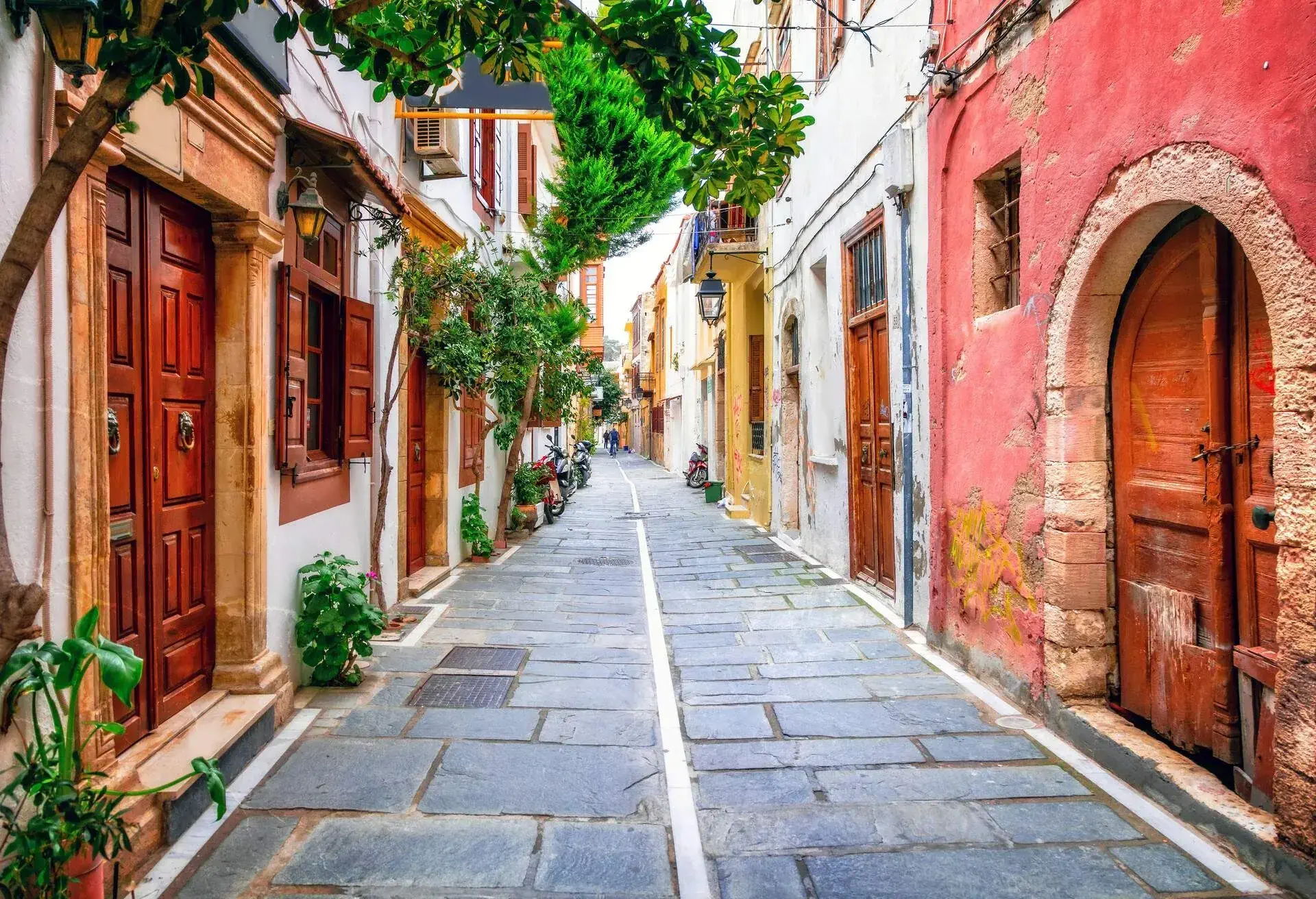
There are three main cities worth visiting in Crete. They will give you a great sense of the modern, semi-urban lifestyle of the island, in contrast to the rural areas where old ways of life are still preserved. Each has its own distinctive character, retaining historical buildings and ruins among more updated shopping and holiday facilities.
Heraklion
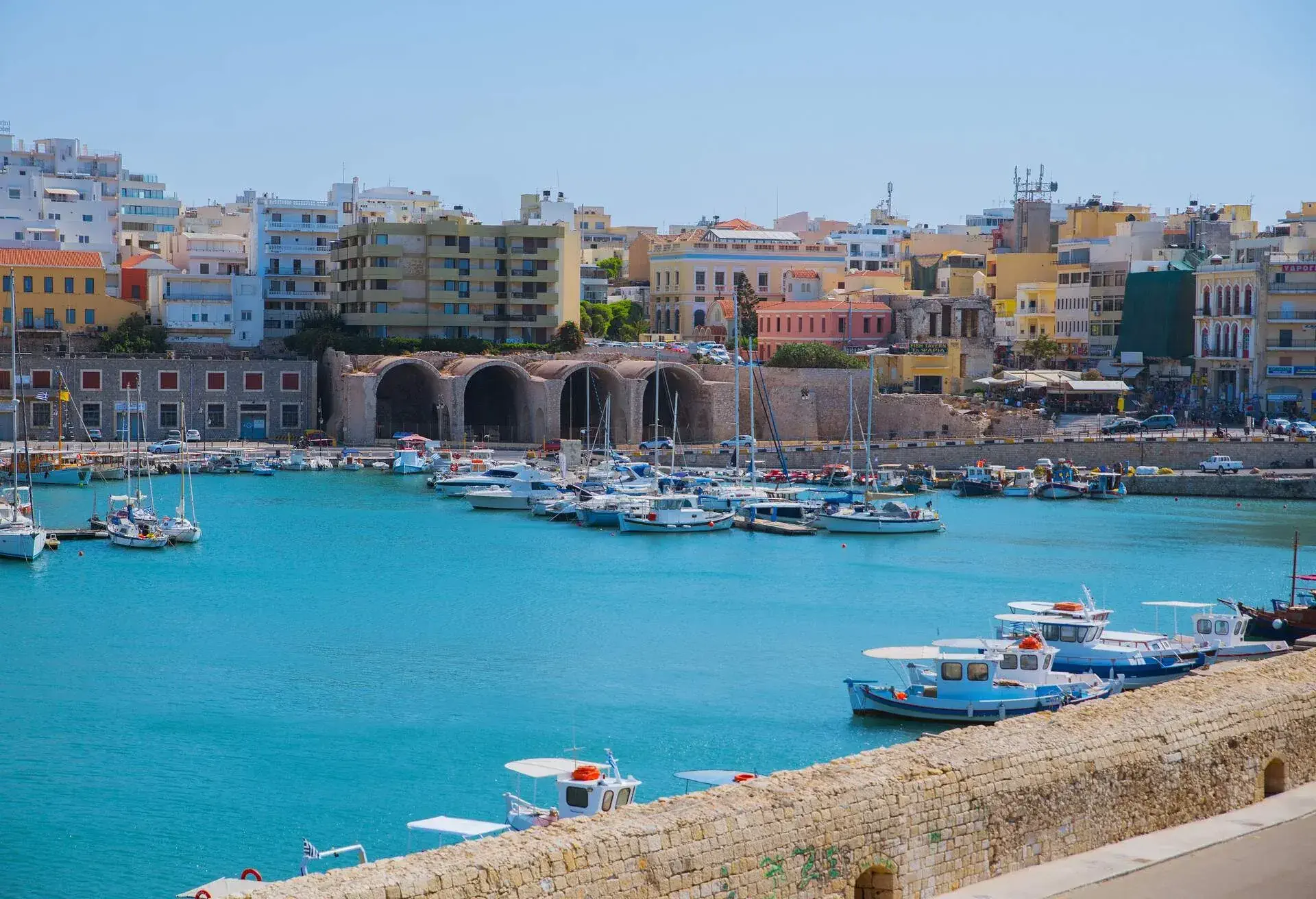
Heraklion is the capital city of Crete. It offers wonderfully diverse cultural and historical experiences for visitors. Dating back to around the early 1200s, it was originally laid out by the island’s then Venetian rulers. This period saw the city’s cultural roots blossoming, most famously producing the artist El Greco, born in nearby Fodele.
You can also visit the tomb of another Cretan icon, the author of “Zorba the Greek”, Nikos Kazantzakis. Head to the Old Town walls to find it. The Old Town is the place to go for pedestrianised streets lined with restaurants and shops, and you’ll find cafes and tavernas in the district’s shady squares.
Heraklion makes an excellent base to explore the rest of the island. It has Crete’s only international airport, so you’ll most likely arrive there at the start of your stay. Besides offering convenient access to other cities and towns in Crete, you can also take ferries to the surrounding Greek Islands or Athens on the Greek mainland.
Chania
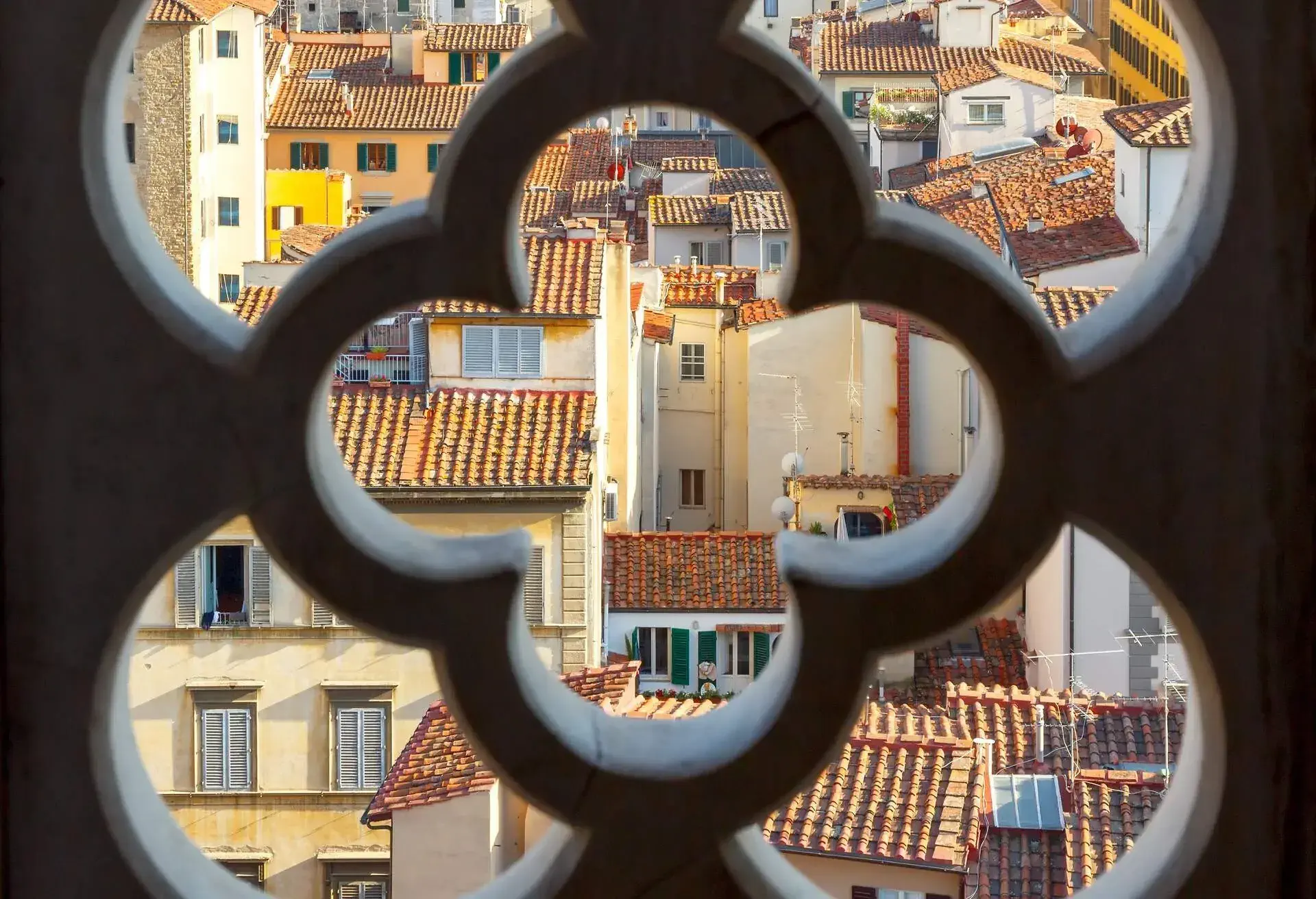
Chania is on the western side of Crete and was the island’s capital city until 1971. It’s a very picturesque place, with the White Mountains as its eastern backdrop, the peaks snow-capped in winter. To the west is the glittering azure expanse of the Aegean Sea. Chania also dates back to the era of Venetian rule and offers plenty of history and culture to explore.
This charming city is known for its maze of alleys running between pastel-shaded buildings. The area is enclosed by the remains of its original defensive wall, built in the 16th century. From the centre, you can take a leisurely walk to the old fishing harbour.
The Municipal Market is a main highlight of Chania. It’s existed since 1911, and here you can still buy authentic Cretan honey, cheese and fresh local produce. The city also makes a good base for further exploration of Crete, especially Elafonissi, Balos Beach, and the spectacular Samaria Gorge. More on these later.
Rethymno
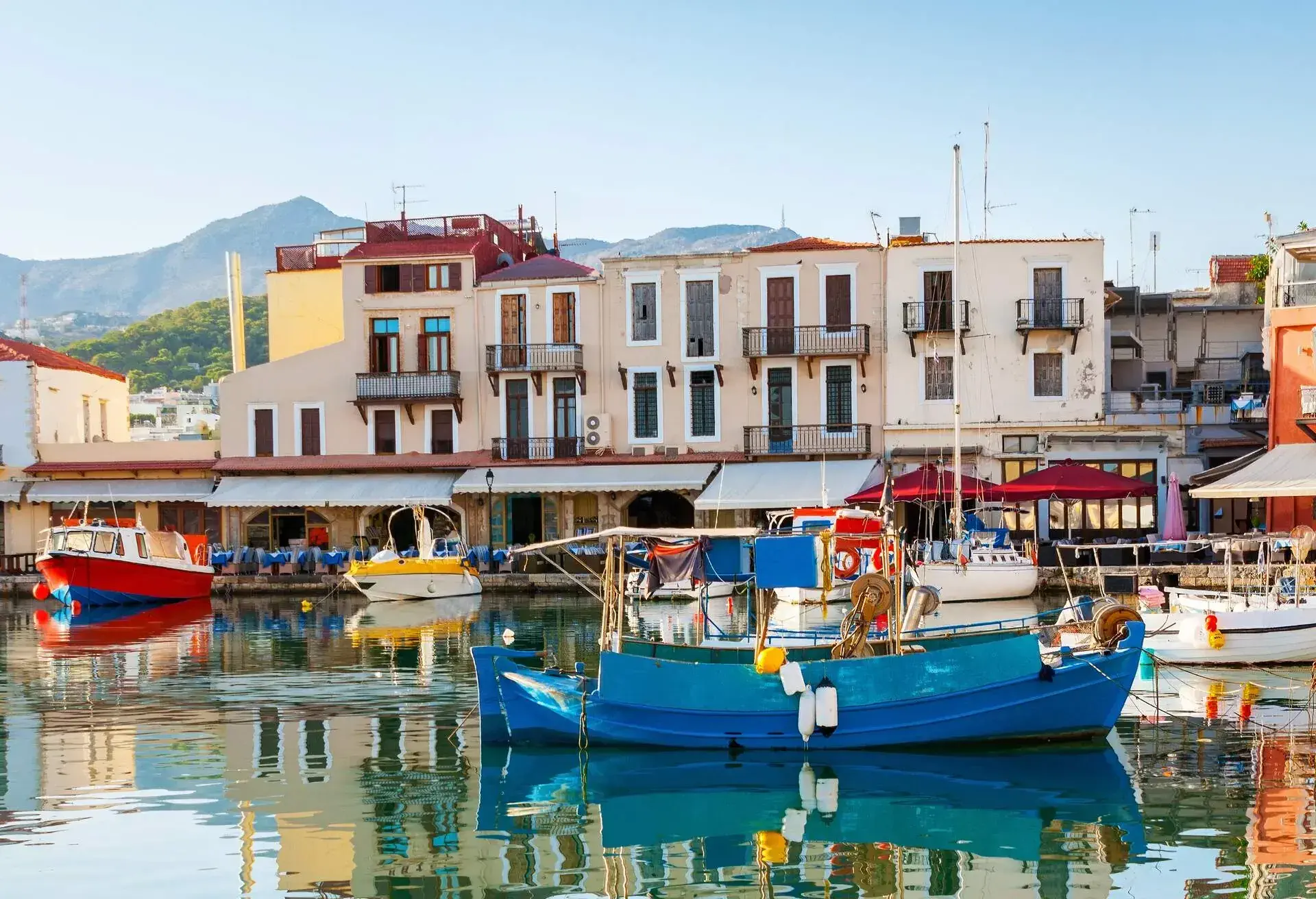
Rethymno is the other major city on Crete. It’s a convenient halfway point from Heraklion to Chania, giving you access to the rural areas between the two. Here you’ll find old villages and hamlets, along with a few modern agritourism centres. You can also easily reach some of Crete’s best natural attractions from here, including Mount Psiloritis and Samaria Gorge.
The city itself is a fascinating sprawl of twisty narrow streets and alleys, winding their way through the historic buildings. These rub shoulders with more-modern shops, restaurants and hotels. Rethymno has the same Venetian heritage as the other two main cities, most typically displayed at the city’s old Venetian Harbour.
If you’ve hired a car through KAYAK, you’ll be able to drive to the beach resorts on the north coast of Crete from here, too. These make great road trips if you’ve booked your main accommodation in Rethymno.
Best places to visit in Crete: beaches
Crete offers a number of idyllic beaches, with golden sands and near-transparent water typical of this part of the Aegean Sea. You’ll also find a few pebble beaches, but most have soft sand gently slopes into the turquoise water, making them nice and safe for swimming, too – you can happily take your children along.
Elafonissi Beach
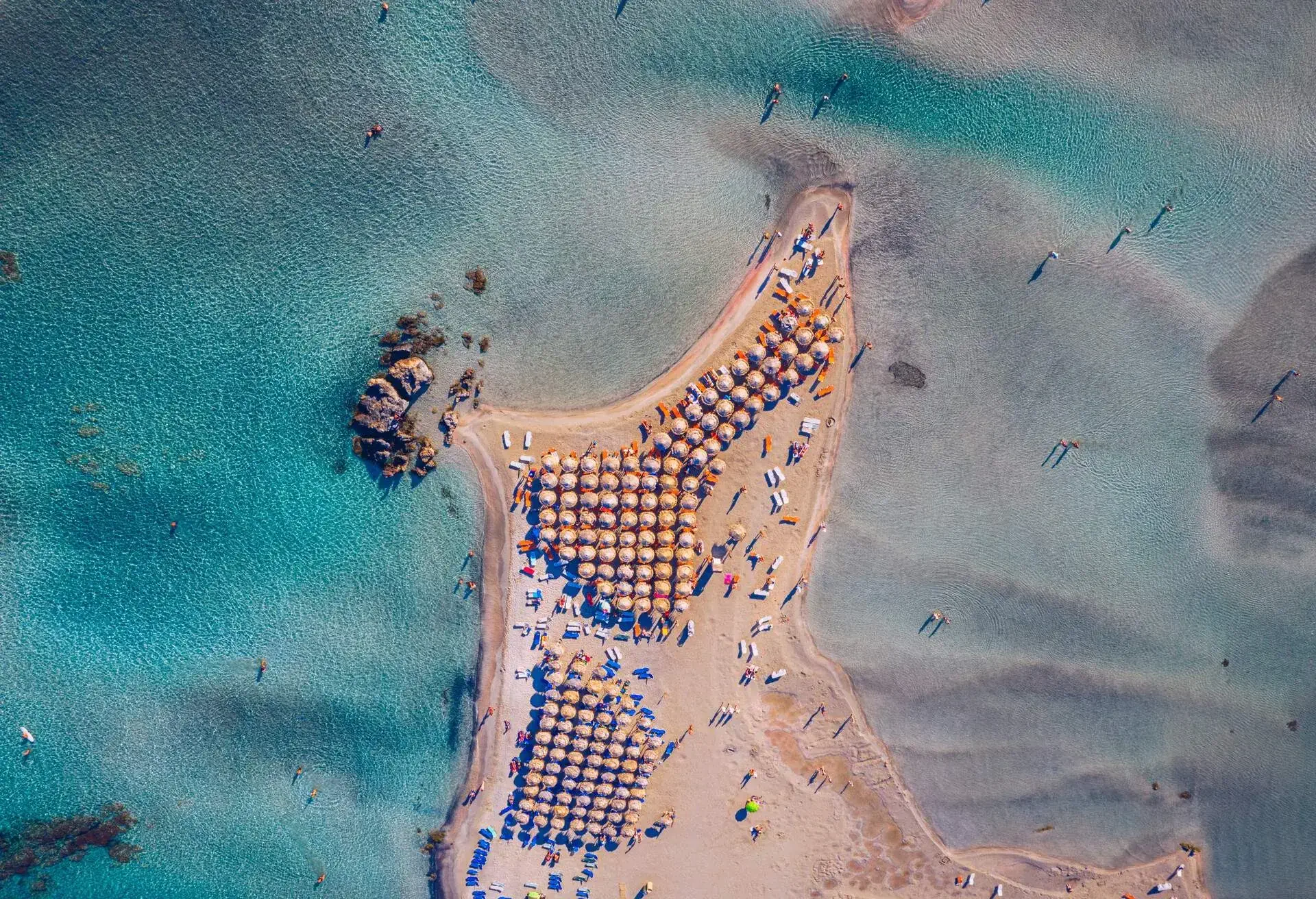
Elafonissi is arguably the most famous beach on Crete, only a couple of hours by car from Chania. It has quite unusual pinkish-white sand, created by the crushed seashells all along the shoreline. The calm, warm water is divided into two shallow lagoons, wonderful to bask in, by a strip of sand.
Balos Beach
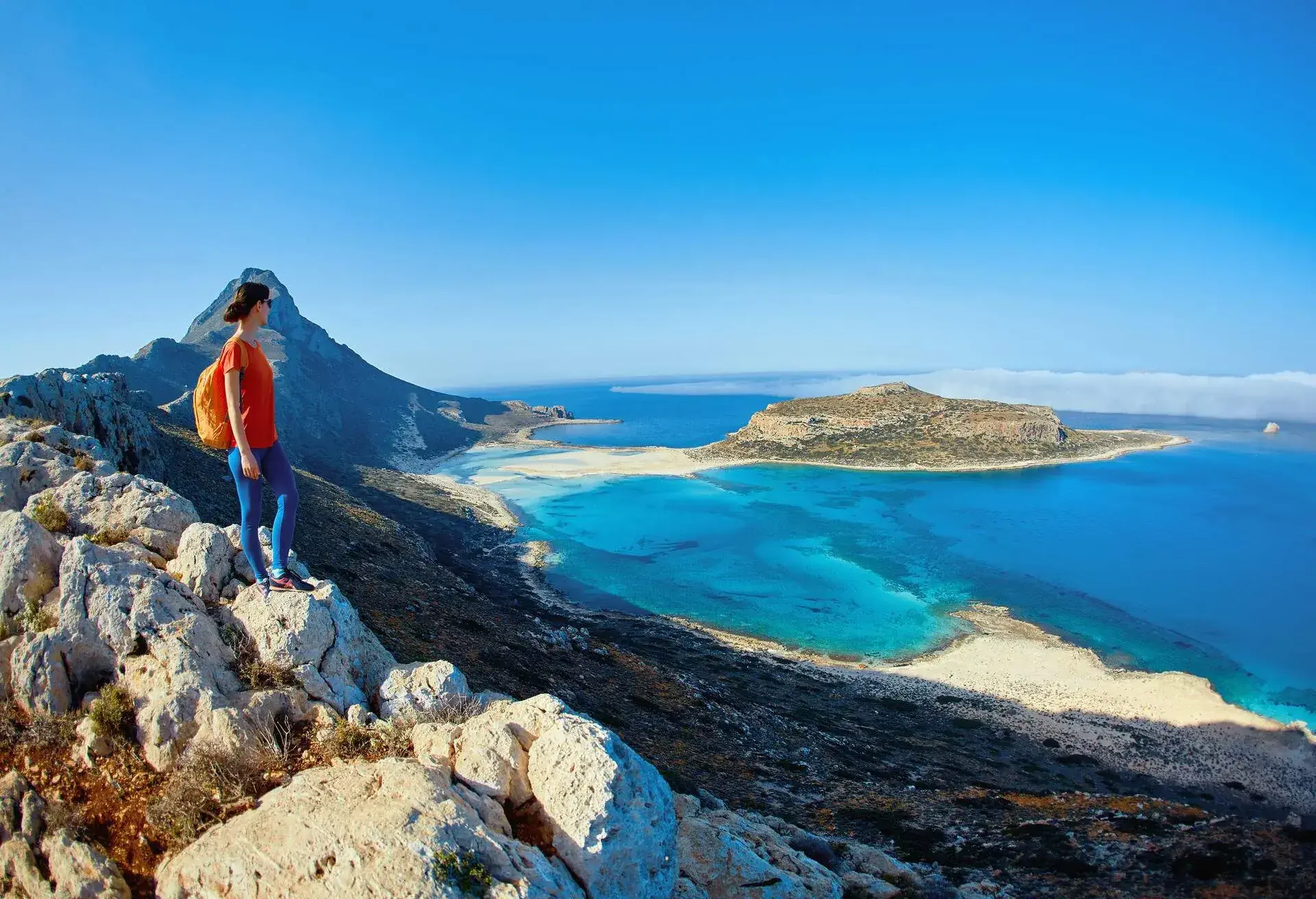
Located on the far northwest Cretan peninsula, Balos Beach is the epitome of the picture-postcard beaches of this part of the island’s coastline. The sea is a swirling mixture of blues and greens, constantly shifting with the currents to create a kaleidoscopic effect. It’s a pretty wild beach, too, set in rugged natural surroundings. The beach itself connects to a rocky offshore island by a wide strip of sand, creating tranquil lagoons in between that provide excellent swimming opportunities.
Voulisma Beach
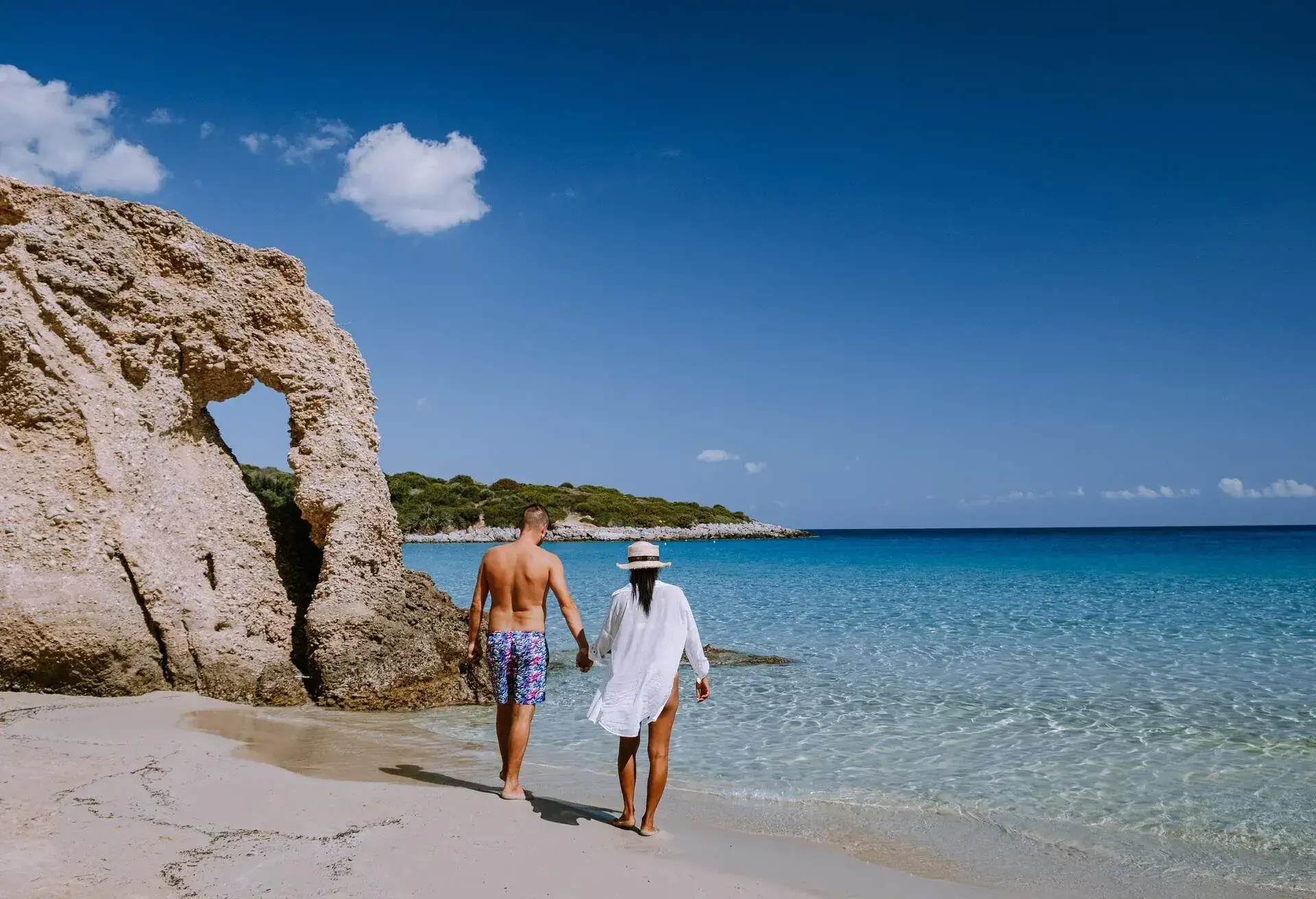
Voulisma Beach is the jewel of the Mirabello Bay area, along Crete’s northern coast. Blonde sand meets calm and shallow turquoise water, making it one of the best swimming beaches on the island. The beach is pleasantly undeveloped, although thatched umbrellas are fixed in places to provide shade. You can also enjoy a range of water sports here, including hiring jet skis or inflatable boats.
Agios Nikolaos beaches
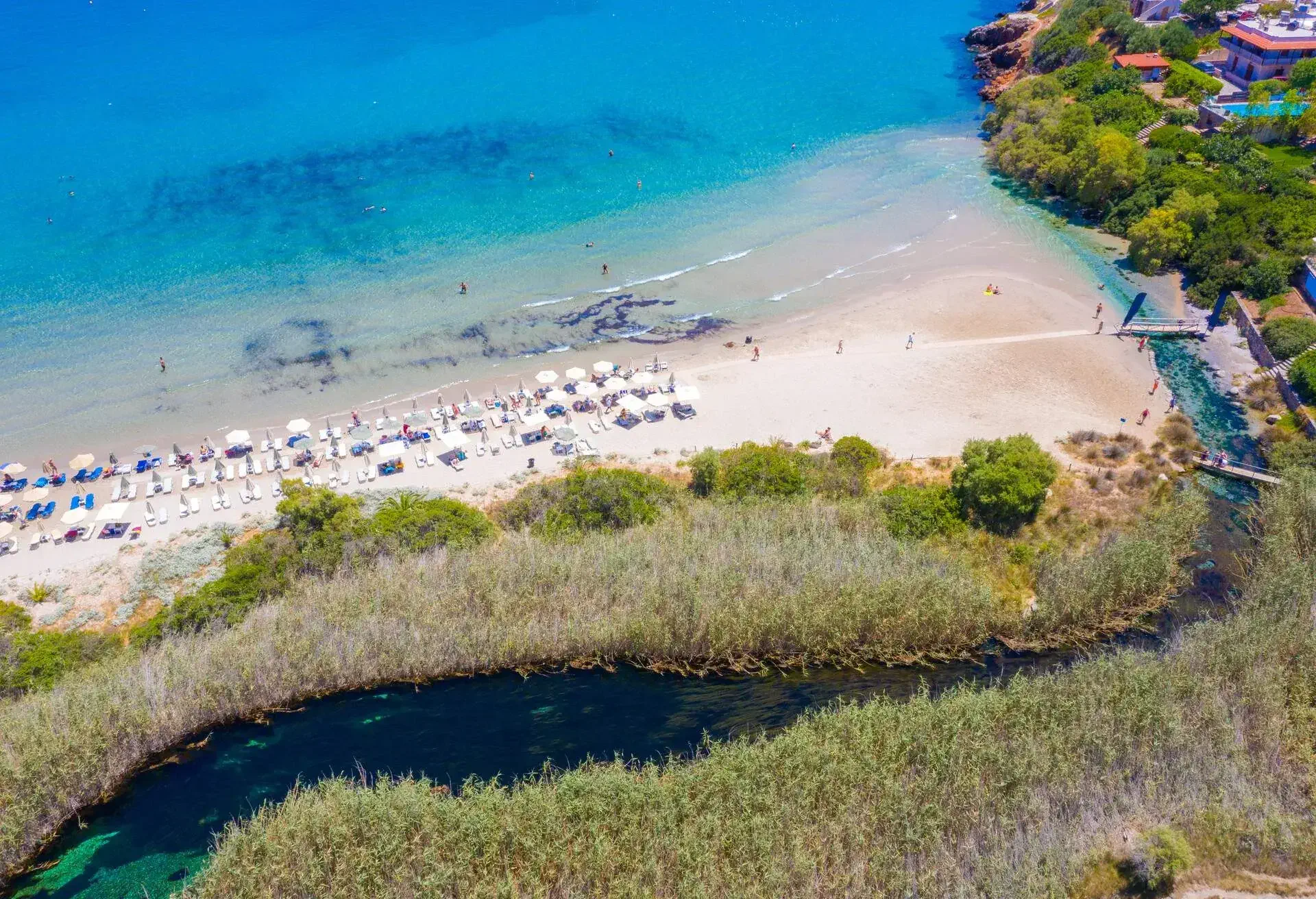
Agios Nikolaos is a town adjacent to Voulisma and offers access to another two wonderful north-coast beaches. Kitroplateia Beach is the easiest to get to, and you can simply walk to it from the town. It has beach chairs and plenty of snack outlets and restaurants. The views are superb, looking out over Mirabello Bay all the way to the mountain peaks on the other side of the bay.
You’ll find Almyros Beach a little further from Agios Nikolaos, still within easy driving distance – it will only take about five minutes. It’s a bit quieter but every bit as enjoyable as Kitroplateia. There are fewer facilities, though you can still get snacks. The golden sand is luxurious, and it too has desirable views over Mirabello Bay.
Best places to visit in Crete: not to be missed
Crete also boasts enticing natural attractions and important archaeological and historic sites. These will give you a different perspective on the island. You’ll leave with a deeper appreciation of the place and perhaps find good reasons to visit again if you run out of time.
Palace of Knossos
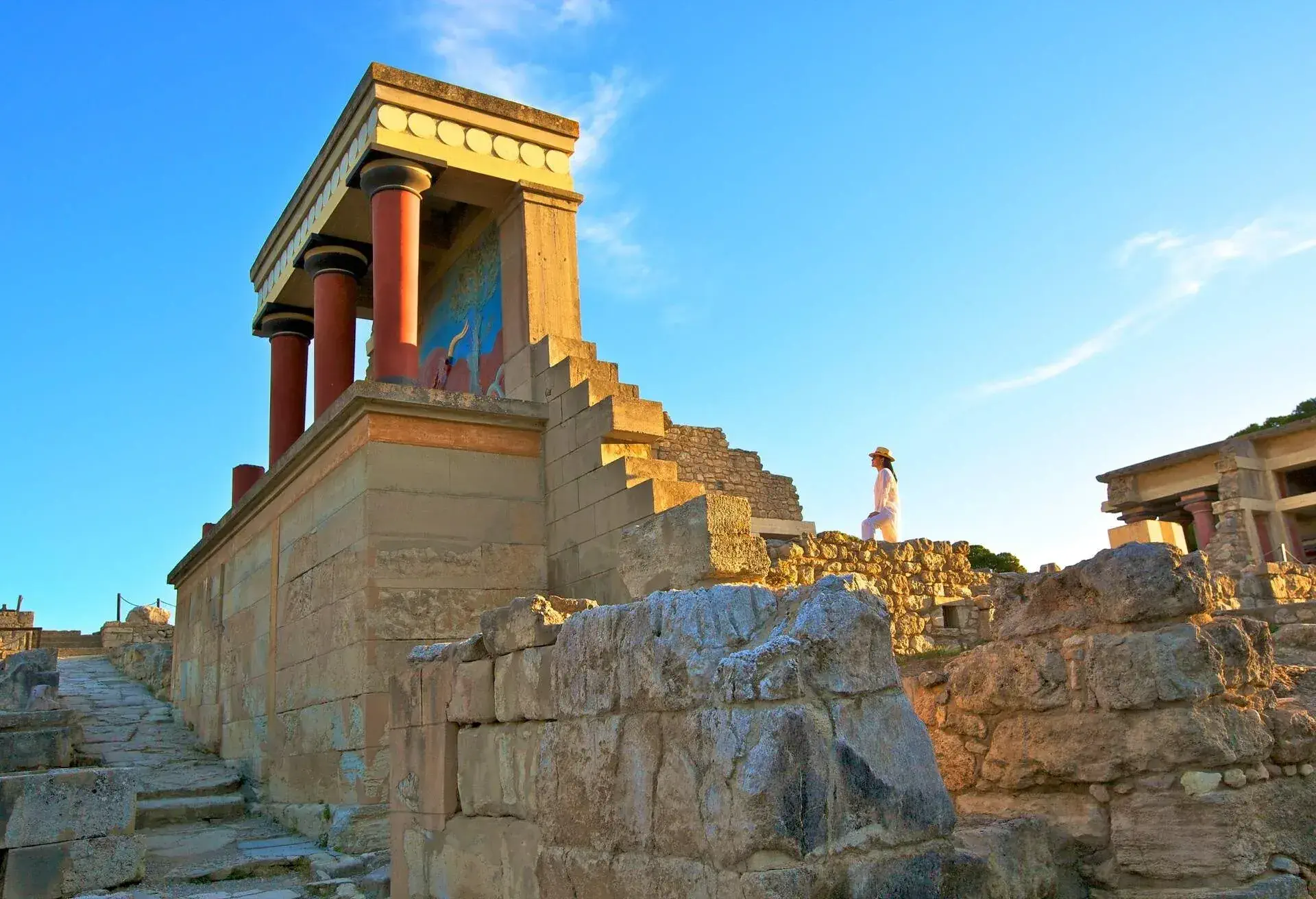
This is the most significant archaeological attraction on Crete. It even pre-dates Greek culture, having been the centre of the Bronze Age Minoan empire – the first naval power in Mediterranean history. Folklore has it that Knossos was the palace of the legendary King Minos. You’ll find it near Heraklion.
The palm forest of Vai
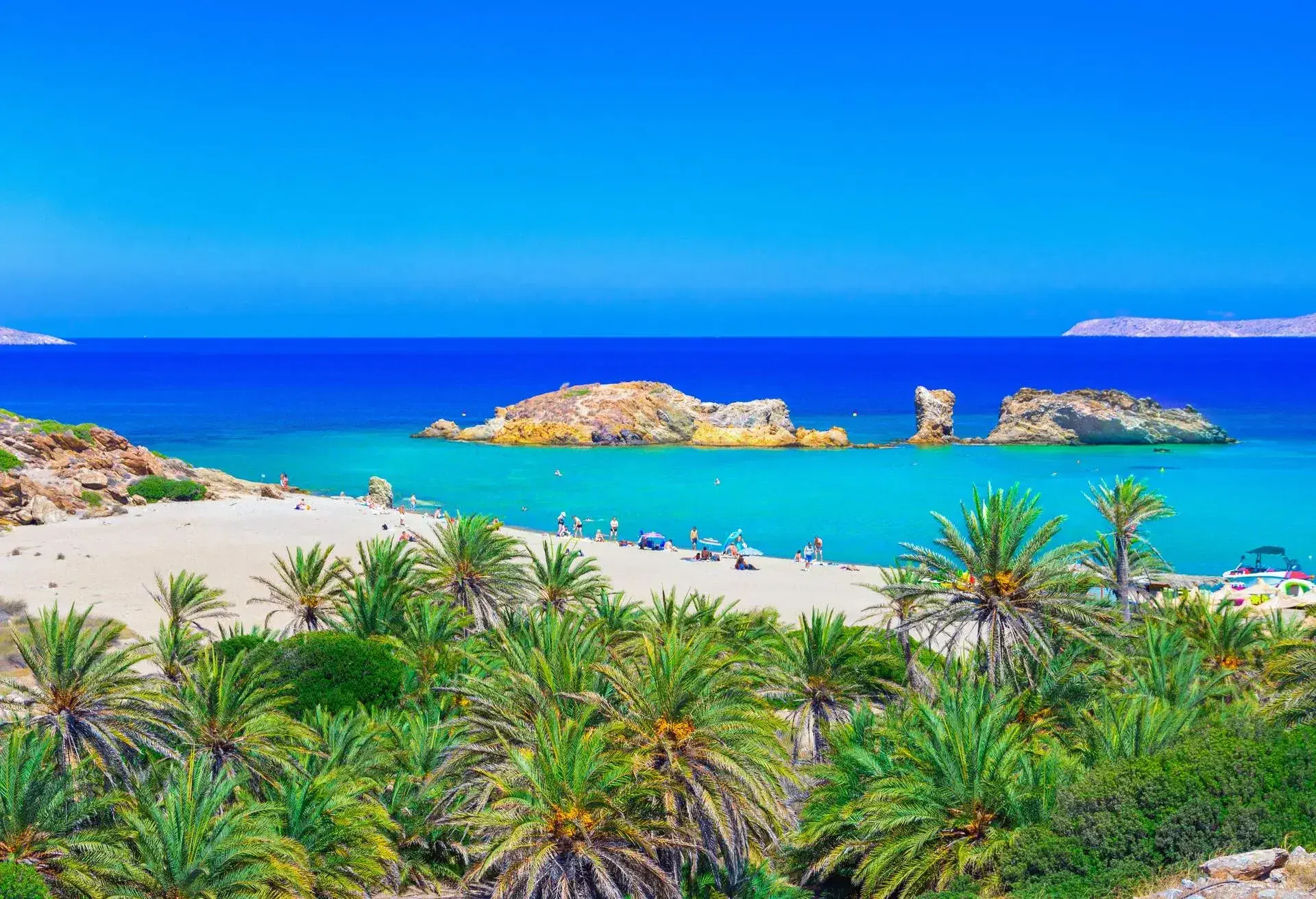
This world wonder is on the wilder east coast of Crete, containing over 5,000 palm trees. It’s one of the largest palm groves in Europe, with a unique ecosystem. It’s in a non-accessible nature reserve, but it’s right alongside Vai Beach. You can sit beneath some of the trees on its fringe.
Samaria Gorge
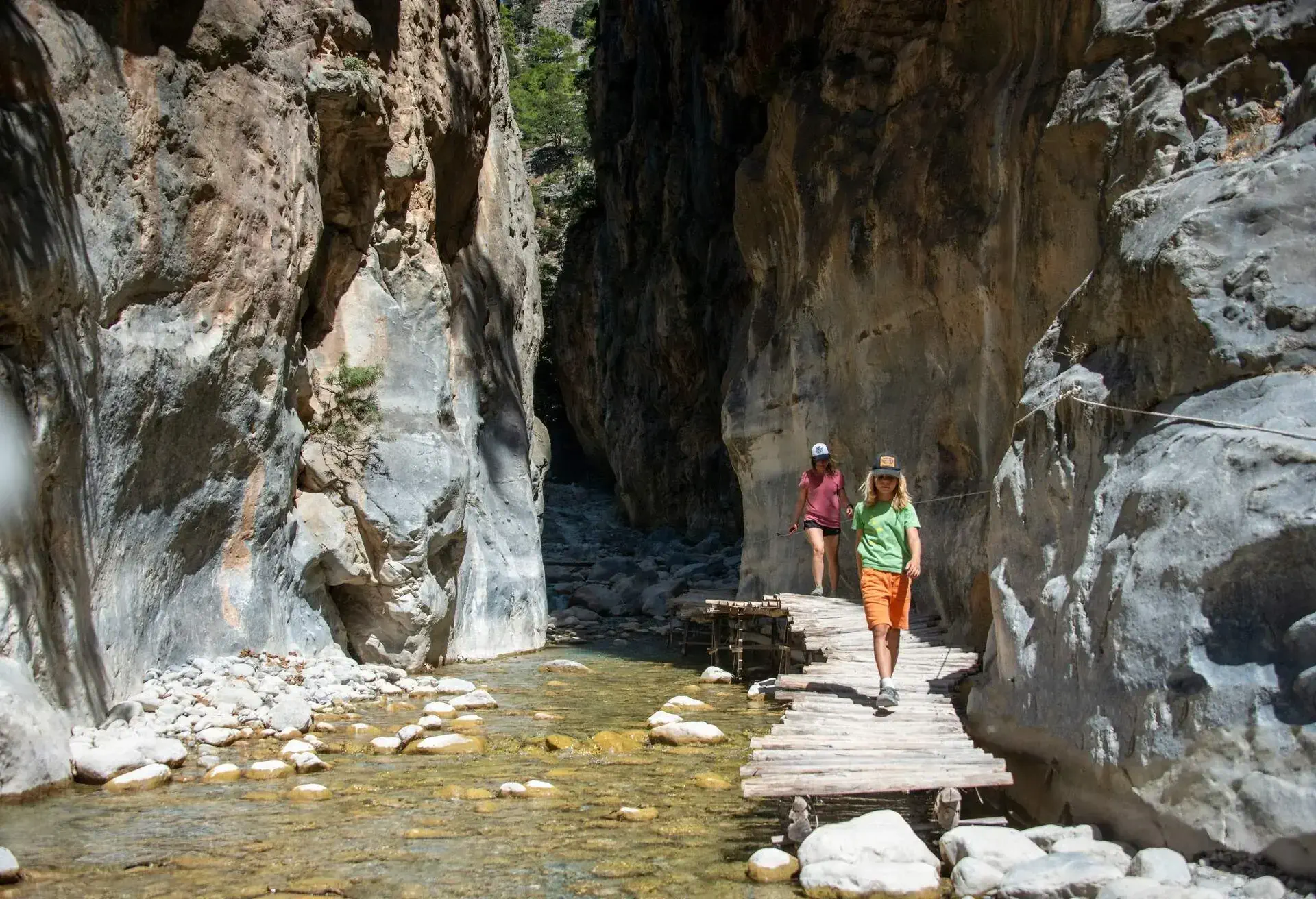
A UNESCO Biosphere Reserve, Samaria Gorge is quite breathtaking. You can hike along a trail through the middle between steep rocky cliffs, which will take the best part of a day. Head to the mountain village of Omalos, from where you can descend about 4,000 metres into the gorge.
Mount Psiloritis
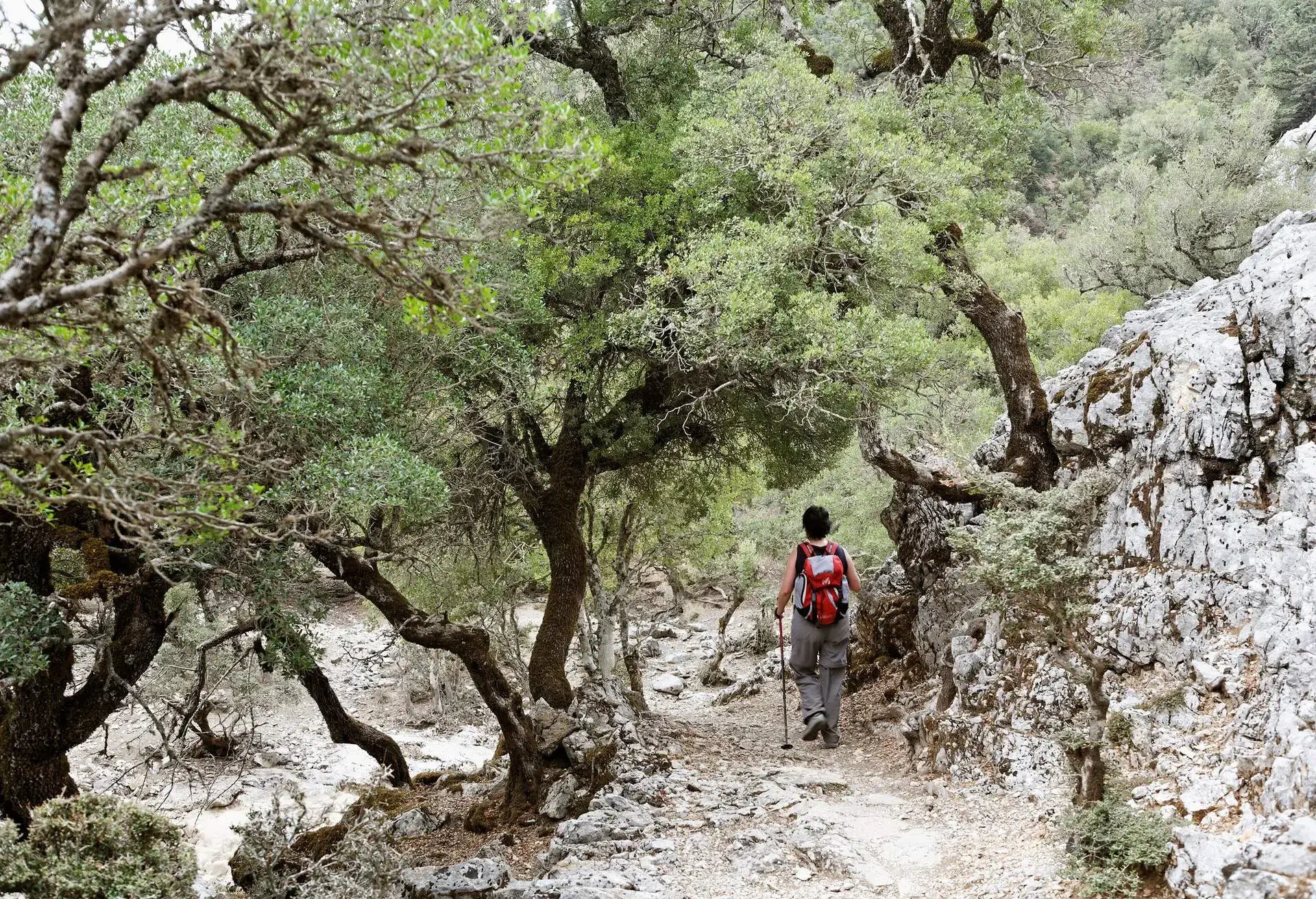
Mount Psiloritis is Crete’s highest mountain, second only in Greece to Mount Olympus, about 8,000 feet in height. It’s a sacred mountain where Zeus is believed to have been born in mythology. You can hike to the top, where you’ll find the small Chapel of the Holy Cross. Allow for about four hours of walking to reach it.

